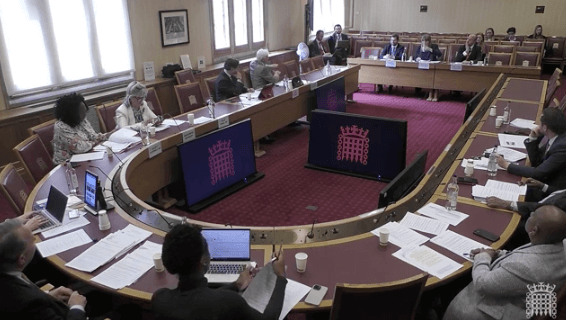
“Sue Ryder – a life lived for others.”
Schools, especially, should encourage their pupils to read this inspiring story of Sue Ryder.
Joanna Bogle’s fine biography of Baroness Ryder of Warsaw deserves to be widely read. Sue Ryder came from the same generation as Queen Elizabeth II – and along with other remarkable contemporaries such as Daphne Park (Baroness Park of Monmouth), Tony Lothian (the Marchioness of Lothian), Dame Cicely Saunders and Phyllis Bowman – they shared and were animated by similar beliefs; upheld the common good and were committed to charitable philanthropy and public service.
Sue Ryder’s life and that of her husband, Lord (Leonard) Cheshire, both of whom I met, are truly remarkable. In a marriage made in heaven their lives are the very best of British.
Always driving herself in vehicles which she named – from Jeremiah to Maybug – Sue once told me she was “just a truck driver.” In 1953 those trucks reached many of the 220,000 displaced people in Europe still living in atrocious conditions- including survivors of concentration camps and afflicted by TB and other terrible afflictions. Over the decades which followed the work continued all over the world, including in Tigray in the 1980s and in Bosnia in the 1900s.
Today she would be in Ukraine.
Her practical work for refugees, for disabled and frail people is a text for our times. So was the way she raised her voice against injustice and for the vulnerable and voiceless.
Her belief that we should “help the person in front of you” challenges each of us to remember that even if you can’t solve the problems of the entire world, it’s not a reason for solving any of them.
Sue Ryder was without doubt the stuff of which saints are made.




